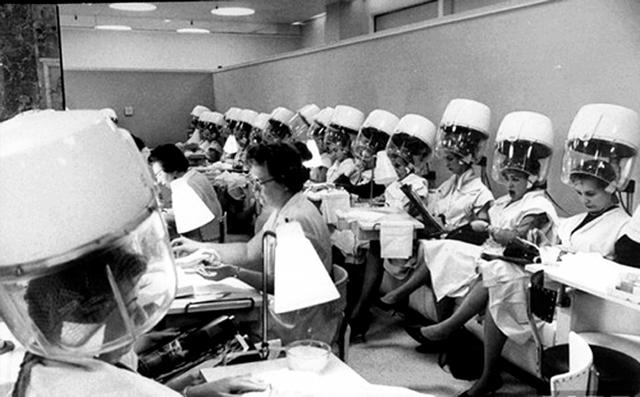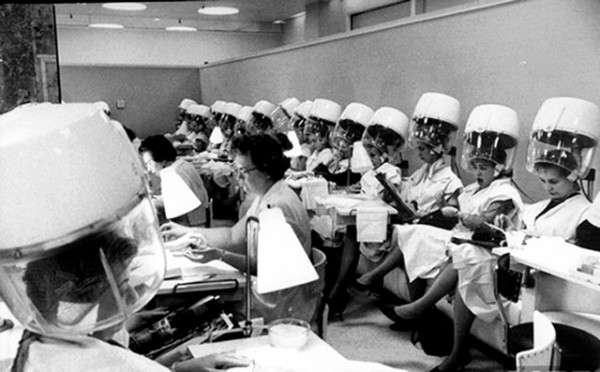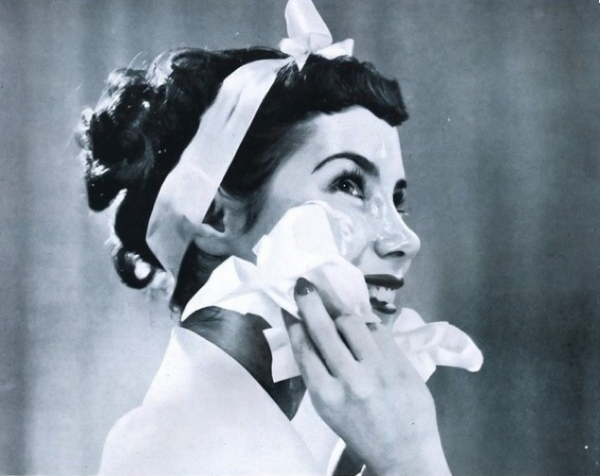
beauty school
20 Apr 2012
Ingredients To Avoid: The Other Side of Our Beloved Cosmetics
We adore beauty products. If we don’t, there wouldn’t be thousands of thread pages in the Female Daily beauty forums 😉 Although I’m not so much of an addict (compared to some other FD-ers!), as a woman, I understand women’s undying love for cosmetics. Aside from fun, it’s human nature to never be satisfied in achieving the perfect beauty.
However, we mostly—if not, only—talk about the fun side of beauty products. You know, how pretty this lipstick’s color is, how amazing that cream is, etc. Well, to give you a well-rounded knowledge about cosmetics, we’re now going to talk about their ugly side.
Most of us already realize the danger of chemicals, such as petroleum and lead, and we don’t them on our faces, right? But if we bother to read the labels on our cosmetics, we will discover that the industry still uses them, and also a lot of other unnecessary ingredients, in their products. Plus, despite whatever you read on the packaging, some of the ingredients are not doing anything for your appearance.
Here are some of the most commonly found toxic and unnecessary ingredients in our cosmetics:
- Petroleum and related petrochemicals. Petroleum distillates are toxic solvents used in mascara, hairspray, and callus treatments. Our moisturizer probably contains something like mineral oil or paraffin in it, which are not considered dangerous per se, they’re just really bad for the environment. They also suffocate the skin and may interfere with perspiration.
- Lead. In 2009, the FDA (US Food and Drug Administration) discovered that of 20 lipsticks they tested, 20 were contaminated with lead. In many cases, the lead levels exceeded the limit for candies. However, FDA gave a ridiculous argument that goes something like, “It’s OK. People don’t eat their lipstick!” What? Lead is a neurotoxin and lipstick still goes on our mouths!
- Fragrance. Fragrance is in everything, from your fancy perfume to your face wash. The disturbing part is, nobody exactly knows what is the concoction of fragrance, as trade laws protect the secrecy. However, lab studies by the Environmental Working Group have shown that they contain a lot of hormone disruptor. That’s pretty scary, as hormone regulated our genital size, fertility, weight, acne, and more.
- Parabens. This popular ingredient group is used in more than 10,000 products, and it became very controversial when it was found in the tissue of breast tumors. Since then, paraben is linked to breast cancers. Well, it might, since studies have shown that certain parabens is similar to estrogen. Look for any ingredients with “paraben” suffix (–paraben).
- Sodium Lauryl Sulphate (SLS) and Sodium Laureth Sulphate (SLES). They strip out our skin’s natural oils, addictive (makes your skin feels like it always needs more), and are sometimes contaminated with a carcinogen called 1,4-dioxane. They also strip your skin and scalp of their protective barriers, which we need for protection. By the way, SLS/SLES is the basic ingredient of detergents. That’s right, such as Rinso and friends. I have a bad case of scalp eczema, so I once decided to cut down shampooing and only washes my hair with formulas without SLS/SLES. It turns out that it’s incredibly hard to find one! Every OTC shampoo and soaps I found—even baby products and the ones that are labeled ‘organic’—have SLS/SLES in them. Does this mean we’re stripping out our babies’ natural skin oil since they’re newborn?
- Triclosan. This powerful antimicrobial is used in everything from hand soap and face wash to deodorant and acne treatments. But it has an ugly side. For one, it stays in our bodies. There’s concern that regular exposure to the stuff may actually be creating resistant strains of bacteria and hermaphroditic marine life. It may also impact thyroid function.
- Chemical Sunscreens. Popular chemical sunscreen ingredient oxybenzone is a suspected hormone disruptor that penetrates skin easily and quite possibly brings other toxic elements. It’s also considered a common allergen that can result in a variety of bad skin reactions. The solution? Find sunscreens that are formulated from physical blockers, such as titanium dioxide and zinc.
- Hydroquinone. This skin-lightning ingredient should be avoided for many reasons. It’s incredibly toxic and it gives a wrong message about beauty standard (fair skin is prettier?). It’s also suspected to be carcinogen, so it shouldn’t be used in formulations above 1% or be left on skin. Sadly, so many products use more hydroquinone than that. By the way, hydroquinone is banned in Europe.
To complete your knowledge, you can download the Dirty Dozen PDF—an even more comprehensive list of bad ingredients commonly found in cosmetics.
And here’s a video for the Safe Cosmetics campaign, explaining the basic story of United States’ cosmetic industry. The video is simple, easy to understand, eye-opening, but warning, it might be uneasy for beauty junkies!
Now, after reading this, you may immediately audit your beauty stash OR just laugh away and say, “This is an exaggerated hippies propaganda! Even if there are toxic elements in my makeup, the amount is too small to do any harm!”
In the end, it’s really up to you. This article is not meant to make you avoid (gasp!) beauty products, but only to give a different perspective, which hopefully can makes you a bit more critical and less gullible. At any rate, it’s always a good idea to educate ourselves by reading A LOT, about whatever we put into our body, from various sources. Then we can decide on what to do with our beauty regime.
I myself believe that the concept of living with ‘healthier’ cosmetics (or at least cutting down the addiction) is similar to Hanzky’s way of living with less—it’s for a better future, yet, it’s really hard.
I understand. Every time someone raves about a new ‘miracle serum’, we always want to grab it at the nearest beauty counter without giving much thought about it. Also, if you discovered that your most valuable holy grail product is choked-full with a lot of the aforementioned ingredients, will you stop using it? And lastly, the industry is also making it hard by NOT giving us real, honest, organic options out there. Heck, some products don’t even list their ingredients on the packaging!
It’s not easy to change our perspective on beauty products, but in the long run, it may be worth it.
Have a beautiful, healthy day! 🙂





